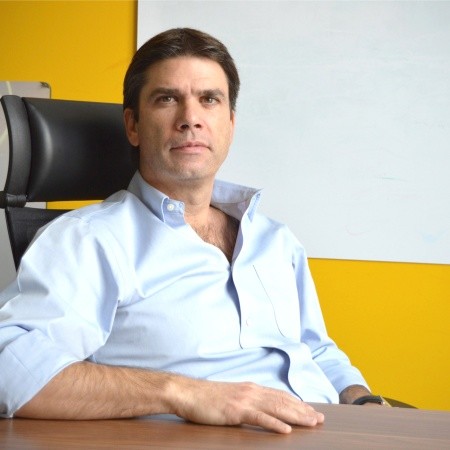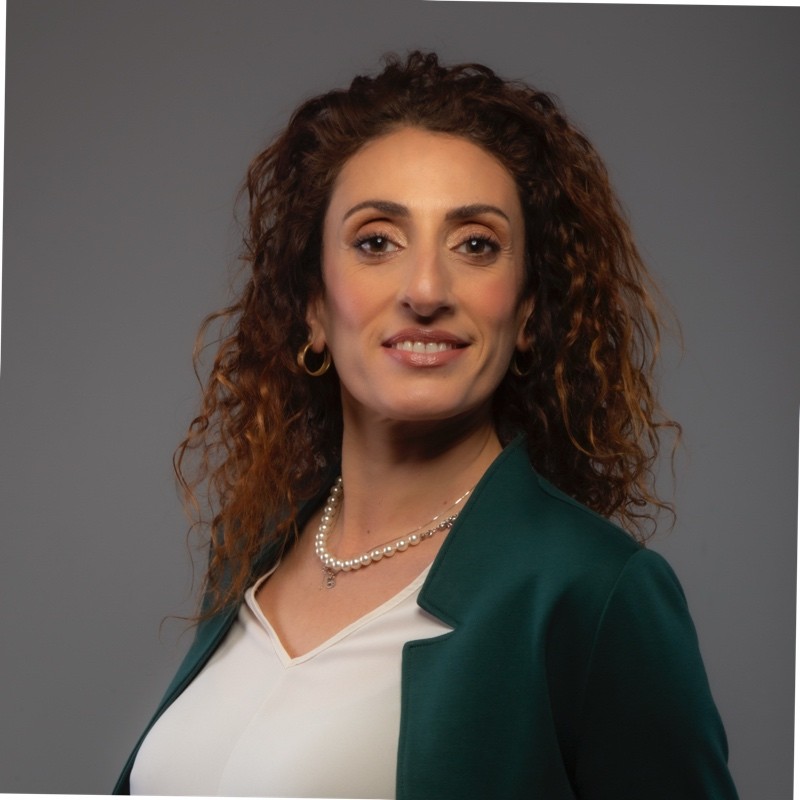Interview with
Your Why is Your Way: Rethinking How We Develop People

Your Why is Your Way: Rethinking How We Develop People
Contents
- What’s a mistake that helped you grow in your leadership?
- What makes a development journey effective today?
- How can we design journeys that are both scalable and personalized?
- What role does technology play in making development more tailored and accessible?
- What’s the difference between growing talent and recognizing potential?
- How can you create an environment where people want and are able to express their potential?
- What’s one belief about people development we should let go of?
1. What’s a mistake that helped you grow in your leadership?
Misunderstanding aspiration, ambition, and motivation in growth journeys. In the past, I took for granted that what motivated me would also motivate others. In reality, each person has different drivers: for some it’s impact, for others stability, for others still the challenge. Effective leadership starts with deep listening, not projection. As my first leader, Cristian Marinelli, taught me: “Your Why is Your Way. No Why, no WAY.”
2. What makes a development journey effective today?
Today, a development journey is only effective if it delivers meaning, impact, and freedom. People want to know why they are learning something, how it connects to their professional growth and personal values, and how much room they have to act. A truly effective approach starts from the individual — from self-awareness — not from standardized paths.
3. How can we design journeys that are both scalable and personalized?
This is a key HR challenge. The answer for LMIT is a structured approach to strategic skills: we build a common foundation starting from the skills to be strengthened (leadership, strategic vision, innovation, continuous improvement, personal and team development, etc.), and then create individual development plans by proposing development methods that can be customized according to ambition, context, and role. Technology, our skills development team, internal and external mentors and coaches, managers, and HRBPs help us maintain scalability without losing authenticity.
4. What role does technology play in making development more tailored and accessible?
A huge one — if well guided. Digital platforms for training, coaching and mentoring, feedback, assessment, and development allow us to offer learning content and journeys in a continuous and adaptive way. But the real value comes when technology enhances human connection.
5. What’s the difference between growing talent and recognizing potential?
Recognizing potential means detecting early, not-yet-fully-emerged signals: self-confidence, self-awareness, openness to feedback, continuous learning, team spirit, the ability to create a talent ecosystem, decision-making, and impact on results.
Growing talent, instead, takes time, courage, rigor, and passion. It’s a mutual commitment. One of our core beliefs at Leroy Merlin is that potential blooms when the ecosystem is fertile. The leader’s job is to prepare that ground — like a good gardener.
6. How can you create an environment where people want and are able to express their potential?
It takes three ingredients: trust, space, and recognition. People must feel safe to try, fail, learn, and contribute. They need space to explore with autonomy and responsibility. And they need their value to be seen, encouraged, and appreciated.
7. What’s one belief about people development that we should let go of?
The belief that development is only about training courses or formal evaluations. In reality, people grow every day, each at their own pace and in their own way — especially outside “official” paths. We need to learn to identify, recognize, and value even the small, daily developments: a courageous choice, a well-delivered feedback, a meeting led with empathy. Learning is not an event; it’s a continuous, collective movement.
Similar posts
Ragione sociale: Pack Srl
Sede legale e domicilio fiscale: Via Marconi 45, Bologna (BO) 40122, Italia
CF e P.IVA: IT04040451207
Codice destinatario SDI: USAL8PV
N. Iscrizione Registro Imprese: 04040451207

.png)













